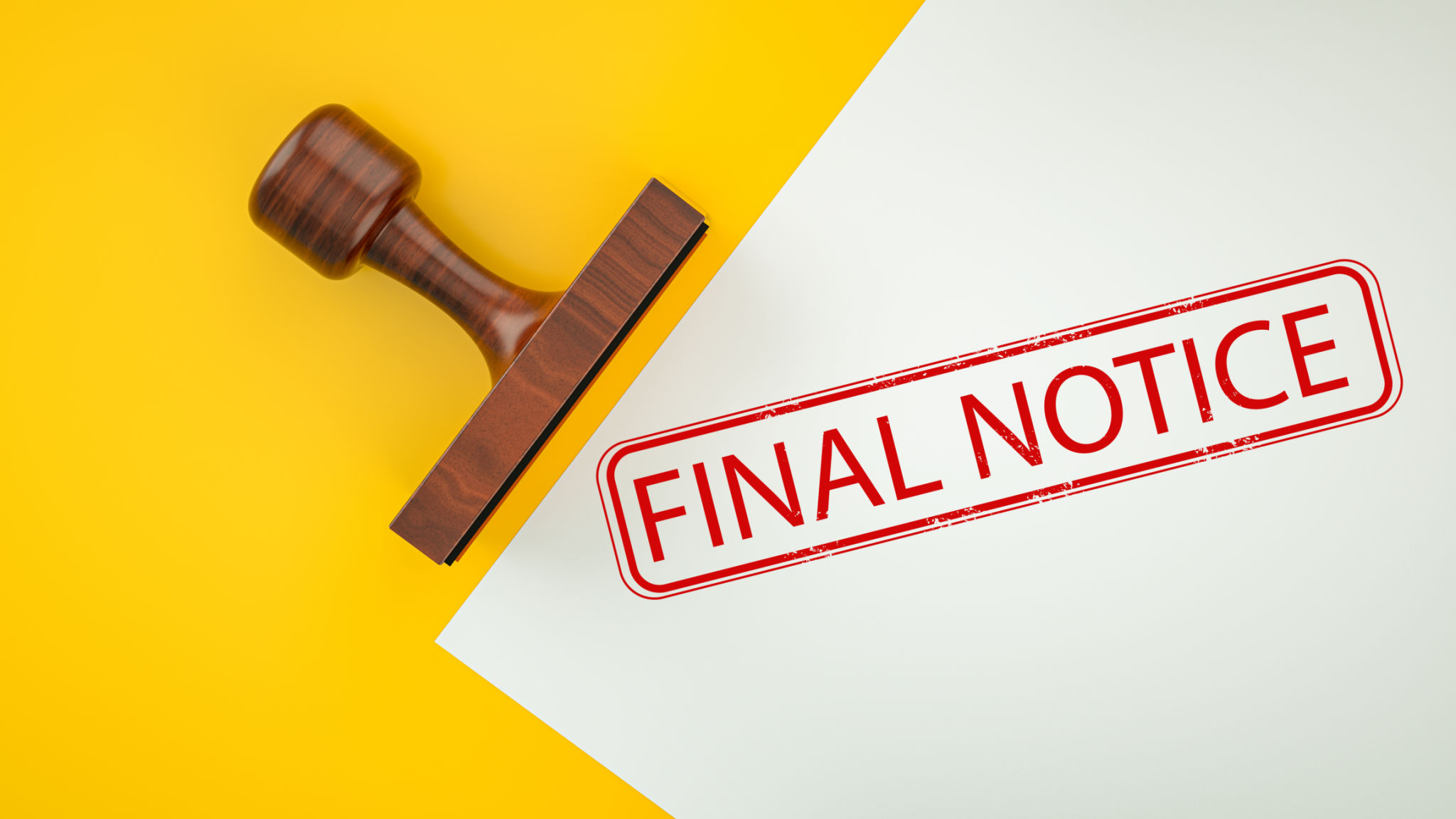Expert Tips for DIY Graphic Design: From Concept to Creation
Understanding the Basics of Graphic Design
Graphic design is more than just creativity; it's a blend of art and science. To create an impactful design, one must understand the fundamental principles such as balance, contrast, and alignment. These principles ensure that your design communicates effectively and attracts the viewer's attention.
Balance refers to the visual weight distribution within a design. Whether symmetrical or asymmetrical, balance provides stability and structure. Contrast emphasizes differences in elements, helping to highlight key areas. Alignment ensures that every element is visually connected with others, enhancing readability and aesthetics.

Gathering Inspiration and Creating a Concept
Before diving into the creation process, it's essential to gather inspiration. Look for designs that resonate with your vision. Platforms like Pinterest and Behance are excellent resources for discovering a wide range of styles and ideas.
Once inspired, it's time to create a concept. Define the purpose of your design and the message you want to convey. Sketch your ideas on paper or use digital tools to outline the basic structure. This step provides a roadmap for your project, helping you stay focused and organized.

Choosing the Right Tools
Selecting the appropriate tools is crucial for executing your design concept effectively. There are numerous software options available, ranging from beginner-friendly to professional-grade. For beginners, tools like Canva and Crello offer intuitive interfaces with a wide array of templates.
For more advanced projects, Adobe Illustrator and Photoshop provide extensive features and customization options. These tools support intricate designs and high-level editing, making them ideal for more experienced designers.
Design Execution and Iteration
With your concept in place and tools ready, it's time to bring your design to life. Begin by creating a rough draft, focusing on the overall layout and key elements. Don’t hesitate to experiment with colors, fonts, and images during this stage.
Iteration is a vital part of the design process. Seek feedback from peers or mentors to gain new perspectives and refine your work. Multiple revisions often lead to a stronger final product.

Attention to Detail
The details can make or break a design. Pay close attention to typography, ensuring that it complements the overall aesthetic and enhances readability. Choose a color palette that aligns with your brand and evokes the intended emotions.
Ensure that images and graphics are high-quality and relevant to your content. Consistency in elements like spacing and line thickness contributes to a polished and professional appearance.
Finalizing and Exporting Your Design
Once satisfied with your design, it's time to finalize it for sharing or printing. Double-check all elements for consistency and accuracy. Ensure that text is free of errors and images are correctly aligned.
Export your design in the appropriate format based on its intended use. For print, high-resolution formats such as PDF or TIFF are recommended. For digital sharing, consider using JPEG or PNG formats for optimal web quality.

Continuous Learning and Improvement
The world of graphic design is constantly evolving. Stay updated with the latest trends and techniques by following industry blogs, attending workshops, or participating in online courses. Continuous learning will enhance your skills and keep your designs fresh and relevant.
Remember, practice makes perfect. The more you design, the more proficient you'll become. Embrace challenges as opportunities to grow and express your creativity in new ways.
